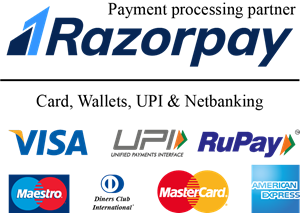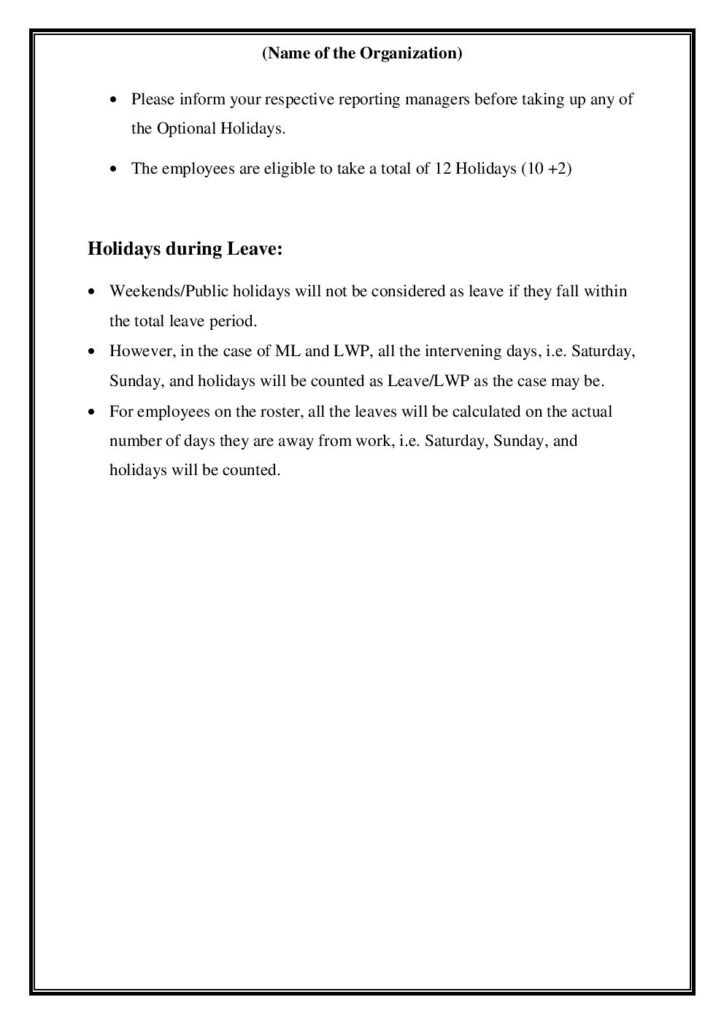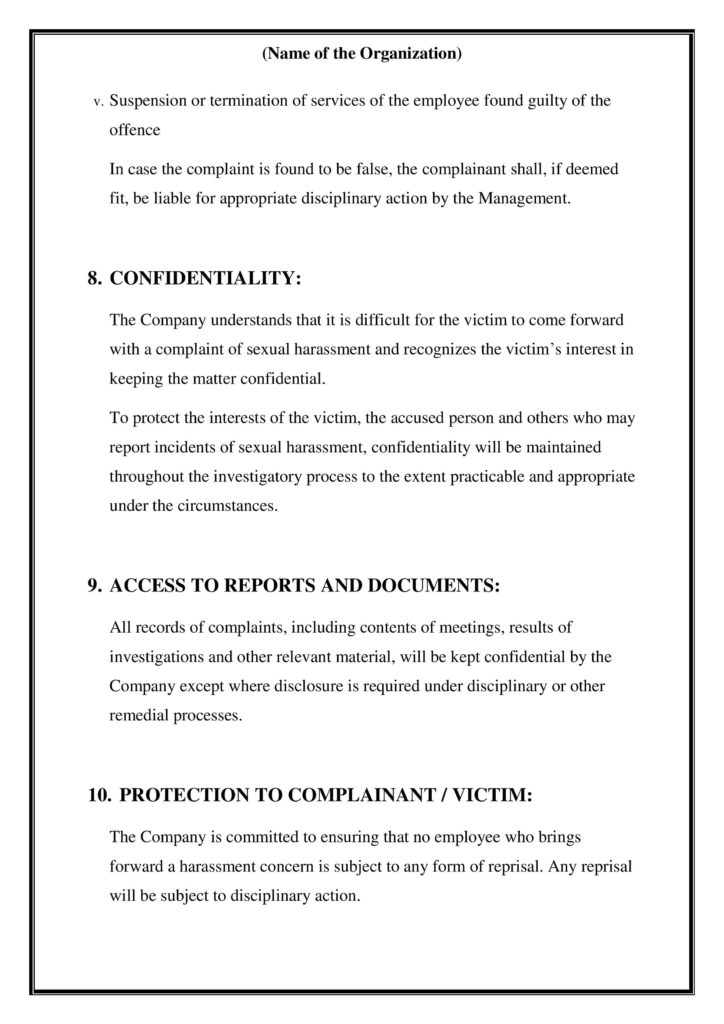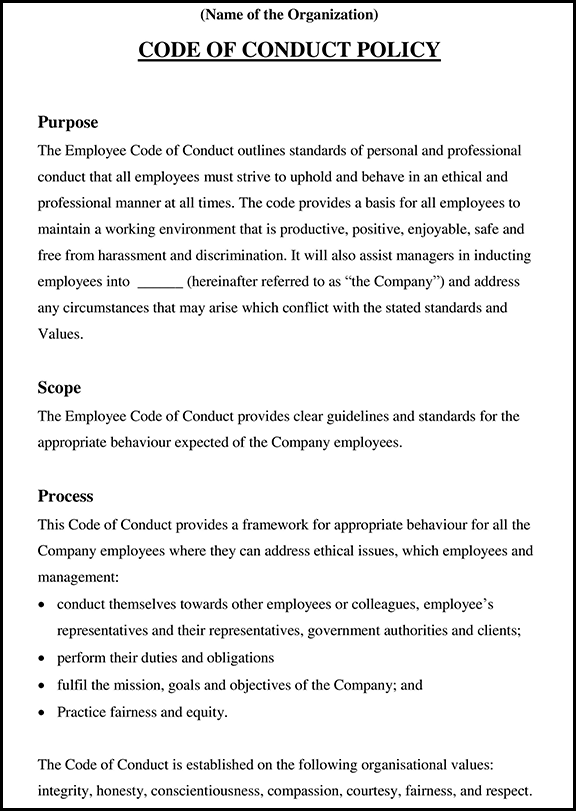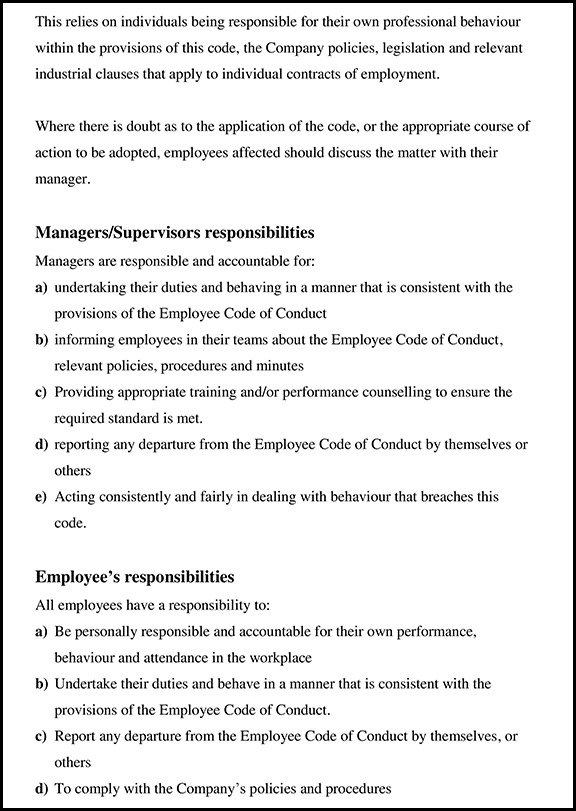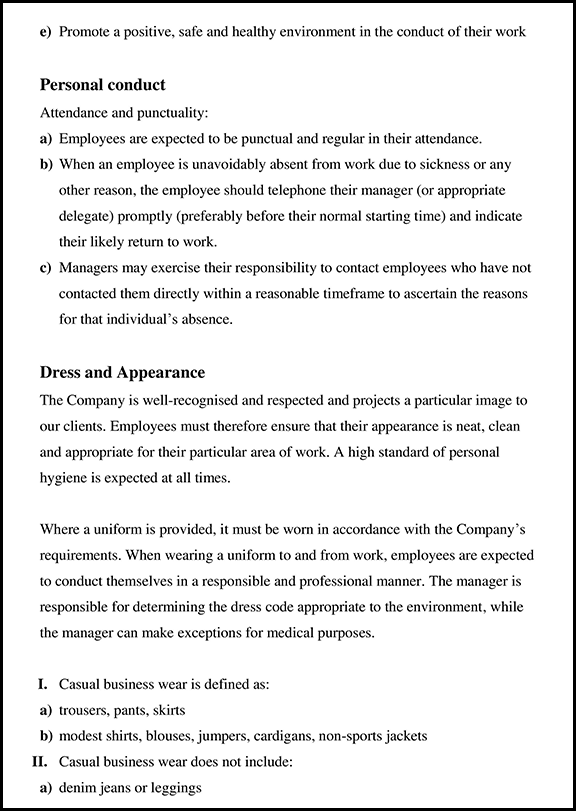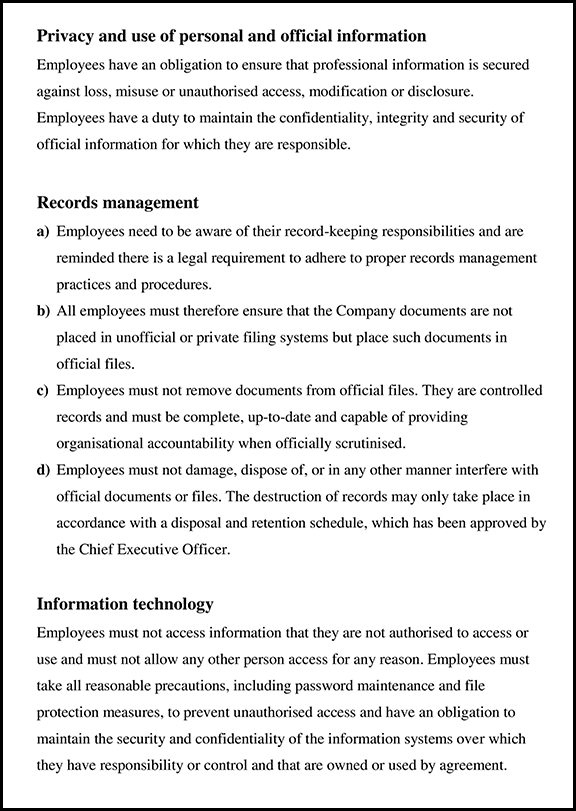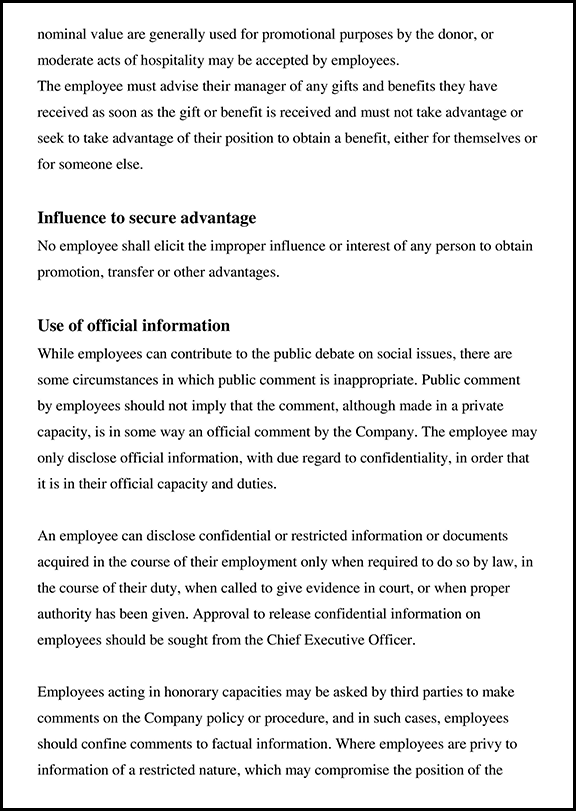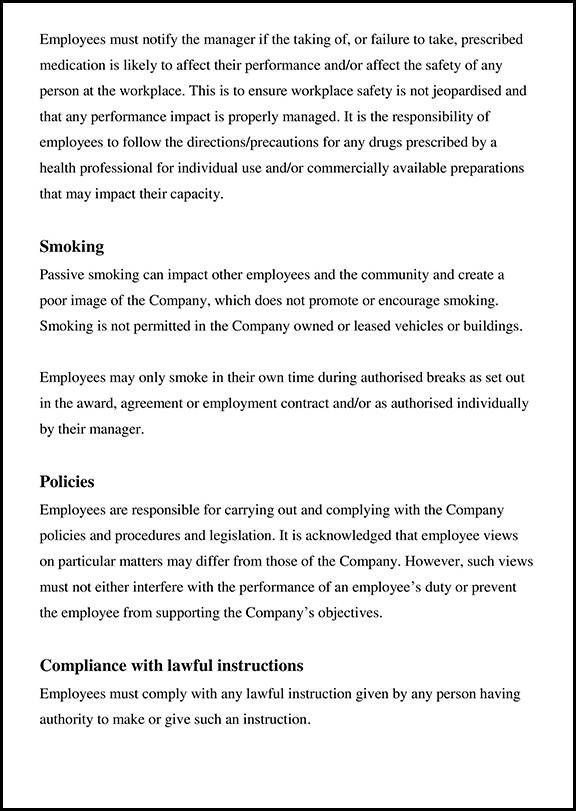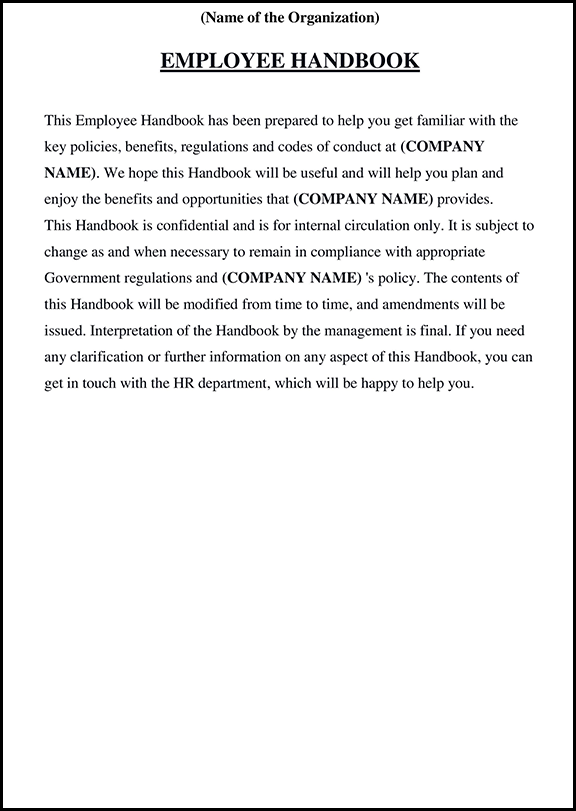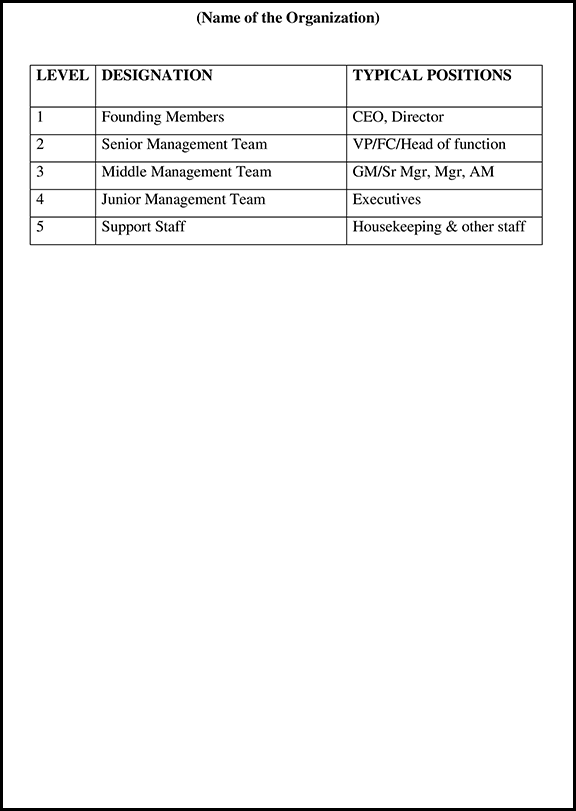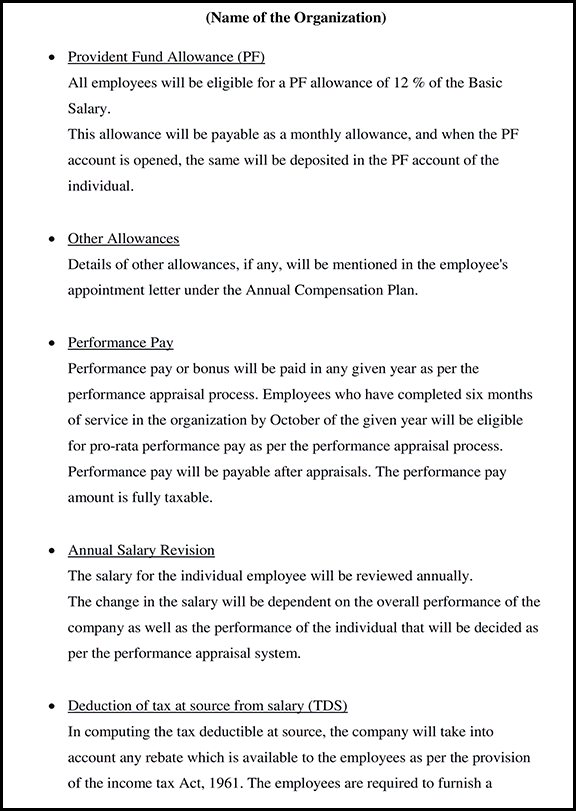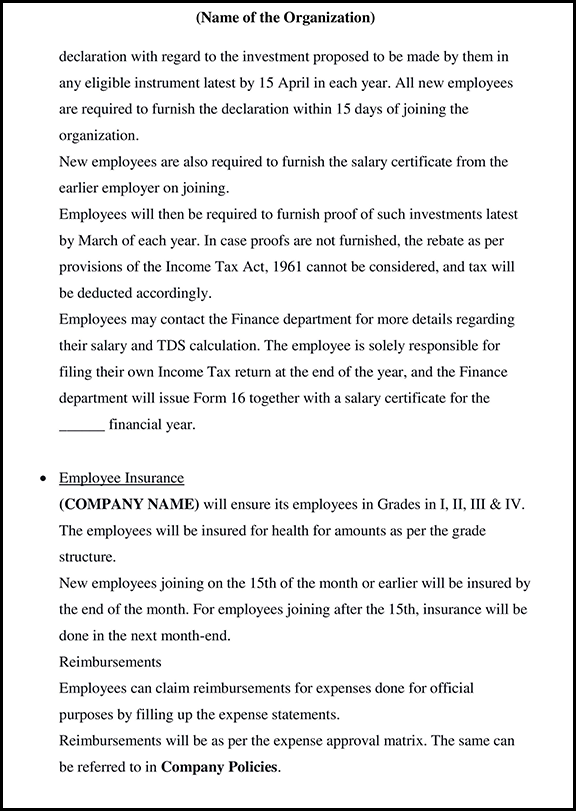
31 Effective Tips for Employee Rewards and Recognition 2024
“Employee rewards and recognition” is a potential way to approach to retain you employee. For Example, It can be a financial incentive such as a salary hike, bonuses, health insurance, life insurance, and pensions, etc. Incentive programs are the best way to show appreciation for your employees.
Employee rewards and recognition in today’s organizational world have proven to be one of the key components behind the success of every business today. This unique way of adding value to the work and achievements is what made it popular. And HR around the world is trying to make the best use of rewards and recognition. This idea for recognition has been there for ages. The moment when an individual is acknowledged for their good deed, they feel more motivated. And this will lead them in getting better and be more committed to the goals of the company.
Rewards and Recognition; create the strongest association of the employees with the company. It motivates them to show the best version of themselves via their outstanding performances. Like we need oxygen to survive, water to remove our thirst, food to remove our hunger, shelter to keep us safe and private – ‘The very same way, employees need Rewards and Recognition to work with the organization for a long term.’
Why is Reward and Recognition Important?
Rewards and recognition program helps improve productivity, employee engagement, and performance. It is a clear message of what they are doing. Also, they focus on positivity. Recognizing the best performer and their successes with rewards, employees will keep concentrated and driven to do better. It helps the employee to set their goals and reach them.
Rewards are important to enhance organizational goals, employee happiness, customer satisfaction, values, and employee motivation to achieve more.
In modern times it is straightforward for an employee to feel unwanted or ignored and no appreciation even after completing a specific target or goal. At the same time, these employees who don’t feel recognized can leave the job within a year. This is because the absence of Employee Rewards and Recognition motivates the entire team and gives them a massive sense of accomplishment.
When an employee feels valued and important because of the work they do, it will boost their confidence and increase the employee productivity and desire to stay longer at the organization. Also, this will lead to Retaining employees, which is one of the most significant advantages for the organization. It also works as a Motivation factor.
“People work for money but go the extra mile for recognition, praise and rewards.”- Dale Carnegie, Leadership Training Guru”
Direct Benefits of Employee Reward and Recognition, are as follows:
1. Productivity:
There’s no secret that well-engaged staff or employees are more productive and active. If the employee’s efforts are praised and rewarded, it will push the employee to work better.
2. Job Well-Being:
Rewarding the work of an individual shows that the work done is valuable to the organization. It shows that their work is worth rewarding and is important. This makes an employee feel good about their job.
3. Employee happiness
When an employee is happy and motivated, their performance improves because of the positive feeling they are getting from the organization. If an individual is treated with respect and gratitude, he will try to work better in return. Spreading positivity will only lead to employees engaging more and delivering the best.
4. Retention
Retention is one of the best advantages of this program. It retains the employee and saves a lot of time and money for the organization. As the time required to find an employee and train them would be too lengthy. So it’s better to retain employees.
What Are the Differences Between Rewards and Recognition?

Well, yes, ‘Rewards and Recognition’ are two different things often confused as one. Let’s have an in-depth understanding of it below:
1. Rewards are given to an employee consisting of a Monetary value associated with it. Whereas, Recognition consists of an emotional value associated with it.
2. Rewards are generally said to be tangible. Whereas, Recognition is usually said to be intangible.
3. Rewards generally happen whenever you achieve any set goal. Whereas, Recognition has no particular time attached to it. It can occur more frequently and spontaneously.
Mind-Blowing Stats

1. As per the research done by Cicero, – ‘Almost 69% of the strength would put in more of their efforts if their work was appreciated.’
2. As per the researchers of StartupHR Toolkit, – ‘The most obvious reason that an employee leaves an organization is the lack of recognition.’
3. As concluded by the Gartner Information Technology Research, – ‘The performance of an employee can increase by almost 11.1% if they work in an atmosphere which provides the on-time reward and recognition.’
4. According to one of the researches conducted by the Reward Gateway, a Global Employee Engagement Organisation, – ‘Almost 50% of the employees would opt for working in a company where timely appreciation and recognition measures are adopted. Further to this, they would avoid working for a company having 10% more compensation with no inbuilt reward system.’
Also Read: Reward and Recognition Policy
Need For Employee Rewards and Recognition?
According to Dale Carnegie, – ‘The fact is that human beings are always behind money and hence this is the main motive behind work. But, with the help of rewards, appraisals, and recognition, employees feel a sense of belongingness with the company and work beyond their capacity.’
Various reasons are mentioned below to justify the need for Employee Rewards and Recognition:
1. Enhances the overall Productivity by 70% to 80% more, making employees feel appreciated and happy about how their contribution added value to the company.
2. Boosts Employee Morale and Motivation, which further leads to better creativity, outcomes, and satisfaction altogether.
“An employee’s motivation is a direct result of the sum of interactions with his or her manager.” – Dr. Bob Nelson, Best Selling Author, and Motivational Speaker”
3. Increases Employee Retention by 50% for the long term making them a loyal contributors to the company. It further reduces the headache of the company on employee hiring costs as well.
4. Creates a sense of Purpose among employees by letting them know that all the employees are working towards the same goal.
31 Types of Rewards and Recognition for Employees
A. Types of Rewards to Motivate Employees
1. Monetary Rewards
Monetary Rewards can be of two types – Direct Compensation and Indirect Compensation. Providing Monetary Rewards is based on the overall skills, creativity, knowledge, output, and experience of an employee. These rewards are provided through the medium of bonuses, increase in basic salary, and providing other benefits like health insurance, life insurance, and pensions.
Highlights:
1. Bonus is provided for the successful accomplishment of the company’s goal where an employee had been a significant contributor.
2. Incentives are provided for the achievement of the preset weekly, monthly or quarterly targets.
3. Commissions are provided in the form of a partial percentage of the overall sales value held by the salesperson.
4. Increased Hourly Pay helps the non-salaried employees to gain some extra amount for the same working hours.
5. Seniority Based Pay is meant for those employees who have been associated with the company for an extended period. Based on their years spent with the company, their salary increases by some percentage.
6. Other Employee Benefits, also known as Indirect compensation, are given to an employee covering the health and life insurances, sick leave pays, annual leaves, privilege leaves, pick-up and drop facilities or remuneration of the employee’s expenses using a personal vehicle.
2. Non-Monetary Rewards
Rewards falling under the Non-Monetary side are visible. Such tips don’t have any immediate positive changes in the person’s financial status though it costs the company. Non-Monetary rewards can often create the feeling or the judgment of inequity practice within the organization.
Highlights:
1. Enhanced Training Facilities to promote employee growth.
2. Free Daily Snacks and Coffee/Tea Machine facility.
3. Well Maintained Office Interior for comfortable employee work. Wifi Facility which works smoothly for 24*7 non-stop.
4. Great cabins and comfortable table chairs for the ease of sitting and doing the work.
5. Expensive wew laptops and other gadgets to have high-oriented performances.
6. Spacious Area can be provided as a part of the non-monetary reward.
3. Extrinsic Rewards
Extrinsic Rewards are also known as external rewards, which are specifically designed for each employee separately based on his interest, time, behaviors, designation, responsibilities, hobbies, etc. The determination of the effectiveness of the rewards is based on – ‘how well the reward has adjusted itself into the life of an employee, creating some value to it.’
Highlights:
1. Motivator Rewards help employees to perceive the gifted reward as a standard motivator. For, e.g., an employee who is a Games fanatic, and a manager provides him the reward as ‘Free Ticket to Cricket Match/Other Games’ – It could create a difference in his life & this will be considered a motivator reward for that employee.
2. Unmotivated Rewards would eventually be useless. It would cost the company in spending their money on buying tickets for an employee that isn’t of his interest. E.g., the company provides the ‘Free Ticket to a Standup Comedy Show,’ and the receiver hates watching standup comedy. Then the reward isn’t going to work as a motivator reward and will be useless for him.
3. Awards are given for extraordinary performances that act as a motivator to an employee.
4. Extra Vacation Time as a reward works well when the employee has overworked and is highly paid with little breaks or holidays.
5. Free Tickets to the desired fields of an employee can be advantageous for him.
6. Prizes can add value to an employee who has put efforts all by his heart.
7. Reduced Working hours for an employee who has been a consistent and incredible performer can be advantageous.
4. Intrinsic Rewards
Intrinsic Rewards are the most valuable among the employees. Enforcing such rewards comes from the job itself. They are intangible but provide the overall peace and happiness to work in a particular atmosphere. With the medium of a good environment, not extending the job responsibilities, impartiality, and office politics – the Intrinsic Rewards can be gratifying.
Highlights:
1. It provides the overall internal satisfaction to the employee. Intrinsic rewards are intangible.
2. Inculcating the Intrinsic Rewards within the employee’s mind is highly challenging for a manager.
3. It contributes to the good Intrinsic motivation for an employee to work better.
4. A good and healthy work culture acts as an Intrinsic Reward leading to overall satisfaction.
5. Intrinsic Rewards fulfill the psychological needs of an employee. Intrinsic Rewards are remarkable.
6. Best for bringing long-term effectiveness in the employee’s performance.
5. Non-Traditional Rewards
With its demanding usage and implementation, – the Non-Traditional Rewards will keep on growing. Such rewards are more individual focussed and motivate an employee to work better because of the work time freedom that they get here.
Highlights:
1. Flexible Working allows the employees to compensate for the extra hours he worked on leave days like Saturdays and Sundays with the complimentary weekdays off or reduced working hours on the weekdays.
2. Decreased Working Days allow the employees to work for four days a week – consisting of 10 hours/day instead of five days a week. This way, the overall weekly commitment of 40 hours per week is getting fulfilled by the employee.
3. Work From Home availability, especially during the covid pandemic, has proved to improve the overall performance of an employee by 50%. This facility can reduce the hours & expenses spent on traveling. Even the working mothers can take care of their children at home while doing the office work parallel.
4. Varied Daily Schedules allow the employees to fix the entry and exit timings as per their convenience. However, the daily working hours/Weekly hours commitment is fulfilled by the employees. For example, if a working man wants to come at 11 am instead of the 10 am office timing (Due to multiple reasons like dropping children to school, going for a morning art class, etc.), then he can do so by working for an extra one hour in the evening. If he is supposed to leave by 7 pm, then, in this case, he will leave the office by 8 pm.
6. Performance-Based Rewards
As the name suggests, it’s highly based on an employee’s performance, contribution, or the effort put into a particular project.
Highlights:
1. Performance-Based Rewards are given to an employee based on his performance for a particular month or quarter.
2. The employee must meet the preset parameters or the KRA’s – Key resulting areas to avail the high Performance-Based Rewards.
3. They are based on the overall ability, caliber, and the targets achieved by the individual, teams, or groups.
7. Membership Based Rewards
The Membership based rewards are based on EQUALITY. It means that the rewards will be the same and equal for every member of a project!
Highlights:
1. Provided for being a valuable member of any specific project or a group.
2. In a Membership based reward, all the employees get the same rewards or pay increase regardless of their performances.
3. It often ends up demotivating the outstanding and the remarkable top performers. It is because they get the exact rewards as other team members regardless of putting their 100%.
B. Types of Employee Recognition
1. Formal Recognition
As the name suggests, a formal recognition consists of the preset system and a formal arrangement for respecting the breadwinner for his accomplishments.
Highlights:
1. A program design in a properly structured manner.
2. Formal Recognition has the predefined processes on how the nomination for an award will be carried further.
3. A formal setting like a Town Hall is planned to recognize the employee’s efforts by handing him the award in front of the entire office.
2. Informal Recognition
Informal Recognition is provided to the employees for attaining their set targets or completing a particular project. This type of recognition doesn’t require the formal arrangement or the presence of the entire office to recognize an employee’s performance. It is done a bit casually, yet it’s highly impactful in making an employee feel recognized and valued in the company.
Highlights:
1. Club Party informally re-energizes the employees after having a hectic week where they had put all of their efforts working day and night.
2. Pizza Party/Other Meals are often given as a token of love and appreciation to an employee by recognizing his or her marvelous performances.
3. Short Trips provide the best escape from reality. They excite the employees and make them happy by having a quick tour of the famous places.
4. Potluck parties give a sense of belongingness to the employees and how better the relationship they share with their respective managers. In Potluck – managers often conduct gathering parties at their homes filled with starters, snacks, and dinner items along with drinks, and the maximum of these items are homemade.
3. Micro Recognition
Micro Recognition holds the hidden meaning within its name – suggesting that an employee is recognized for every tiny to significant achievement! He is applauded with grace and is patted on his back with some inspiring lines every time he adds value to the company.
Highlights:
1. Quick or spontaneous feedback is given to an employee.
2. Also, good words are spoken in favor of the employees as a token of recognizing and appreciating their hard work.
3. It’s not time specified. It’s not even preplanned. It can be done anytime based on the outcomes or performances of an employee.
4. Micro employee rewards and recognition highly motivates an employee by making him feel valued daily or as soon as he attains something.
5. Micro rewards and recognition program works very well for the long-term retention of an employee.
4. Peer to Peer Recognition
When one employee recognizes and appreciates another employee’s performance, then we call it Peer Peer Recognition. It’s highly inspiring to build a family-like culture at the office by making the employee feel belonged to the company.
Highlights:
1. Team members of a particular group recognize each other’s small to significant contributions to the company and praise to make them feel delighted.
2. It creates a healthy atmosphere in the company.
3. It increases employee retention for an extended period.
4. It helps to create a good working environment, free of any work-related politics.
Tips for Developing a Satisfying Employee Rewards and Recognition Plan:
Tip 1: Rewards and Recognition: ‘Vision Clarity’
1. Why is employee recognition programs require? What are the company’s goals and missions?
2. In-depth study of the pros and cons of the recognition programs meant for an organization.
3. Estimate the cost that may arrive for the overall recognition proposal.
Tip 2: Rewards and Recognition: ‘Community Building’
1. Hire dedicated and talented employees and build a team with them.
2. Perform staffing by allocating work to the employees according to their expertise.
3. Make sure that each employee you hire in a team is aware of the company’s goals, values, and the benefits of the program.
Tip 3: Rewards and Recognition: ‘In-depth knowledge of Attributes’
1. Recognize the work and reward them as soon as it’s done. Celebrate the tiny achievements.
2. Rewards for a specific task are essential to let employees understand that they helped them achieve their goals.
Tip 4: Rewards and Recognition: ‘Predefined Employee Actions/Expectations’
1. Predefined the notions that what behaviors of employees should be rewarded?
2. How must the defined behaviors get a reward?
3. At what time frame, the when employees need to be rewarded?
4. Who must be responsible for recognizing the performance?
Tip 5: Rewards and Recognition: ‘Employees Input/Feedback’
1. Share the plan with employees about the type of recognition that can take place.
2. Offer employees to input their feedback on the designed recognition plan.
3. Ask employees to write down their creative ideas based on their interest – how should the recognition plan be?
“Feedback is the breakfast of champions.- Ken Blanchard”
Tip 6: Rewards and Recognition: ‘Impact/Effect on Organisation’
1. Measure the authenticity and implementation of the program.
2. Write down what areas of the organization might get affected, by what means, and what proportions in case the plan gets implemented.
3. What results are expected out of this plan, and how will it affect the company regarding ongoing profits, business value, and employee retention.
REWARDS; Best ways to provide it
1. Sponsored Online Courses: Sponsoring online programs like Data Science Online Course, Digital Marketing, or anything of the employee’s interest.
2. Meal Subscription: Subscription for a week’s or a month’s meal through a sodexo card or any meal delivery restaurant.
3. Personalized Items: Name & Picture of the employee on the T-Shirts, Coffee mugs, a key chain would work the best.
4. Gift Cards: Movie vouchers, Amazon or Flipkart vouchers, Beauty vouchers, Travelling vouchers (Ola/Uber, Flight Booking), etc.
5. Incentives as a Monetary Reward: Direct cash transfer as an incentive alone salary can motivate employees to perform miraculously.
6. Gift Hampers: Add packaged eatables like cookies, chocolates or make it a beauty combo hamper gift wrapped in a basket.
RECOGNITION; Best Ways to Provide it
1. Offer them Leaves: The surprise gift which comes in the form of day-offs is always appreciated.
2. Certificate and Trophy of Recognition: Recognise the employee’s work and offer this as a token of appreciation in front of everyone. It will make them feel valued in the company.
3. Offer Lunch with the CEO: ‘What’s better than having lunch with the company’s CEO?’ – This activity shall make employees highly recognized and respected.
4. Thank You Notes: Write a thank you note with a beautiful quote and leave it on their desk.
5. Team Outings: Free office outings and parties can be fun! It gives you an escape from the regular monotonous life by refreshing you completely.
6. Applaud Employees Birthdays and Work Anniversaries: Celebrating such days brings a smile to our faces. How about celebrating in the offices? It will make this day even more special for an employee.
7. Social Media Appreciation: Posting a picture of the employee on social media like Linkedin, Facebook, and Instagram will boost the employee’s morale even better moving forward.
8. Performance-Based Recognition: Employee who has helped in some tasks like digital marketing, programming, and volunteering in events deserves recognition. It is helpful to make an employee feel a part of your company.
Companies Follow The Best Employee Rewards and Recognition Practices?
The following companies have adopted some best practices for providing high employee satisfaction.
1. SutraHR: Highlights
1. Unlimited Snacks – Be it sandwich or chicken burger, every hunger Voice is heard and taken care of.
2. Unlimited Parties – SutraHR’s only mantra is “Work Smarter” and “Party Harder”
3. Get your MBA in life as we believe knowledge from the real-life hustlers are better than bookish knowledge,
4. Life Lessons Over Food – Sutrahr takes care of your weekly dose of knowledge served with hot food every weekend
5. Life-changing talks from the CEO itself who has traveled the world.
2. Legal Monkeys: Highlights
1. Pursues the ‘Appreciation Board’ Reward as a part of their policy.
2. As a part of the reward system, each employee is asked to write optimistic feedback for their peers.
3. They have noted all the feedback on the appreciation board and shared it on all social media platforms.
3. FullContact: Highlights
1. It follows the ‘Paid Vacation’ Reward system.
2. They provide INR 7,500/- amount to the employees for going on the vacation trip based on their exceptional and notable work.
Employees with this money mandatorily need to go on vacation.
3. Employees on vacation do not have permission to work.
4. Typeform: Highlights
1. Provides the ‘On the spot – Applause’ Rewards.
2. From small to big impressive or remarkable doings are appreciated by clapping. Further to this, entire employees of the office participate in the applauding reward activity.
3. Other people might not be aware of the reason for applause, but they do it as a friendly and motivating gesture for the deserving candidate.
5. PayPal: Highlights
1. Provides Performance-Based Rewards.
2. Consists of Cash Price Rewards – ‘Blue Moon – INR 15,000/-,’ ‘Cosmic Kudos – INR 10,000/-,’ and the ‘Shining Star – INR 20,000/-.’
3. All the prices are based on a higher level of commitment, creativity, and curiosity to explore/learn more and more.
6. Hubspot: Highlights
1. Provides L&D – Training and Development Rewards.
2. Enables professional and personal learning.
3. Helps the employee with free books as a reward.
4. Other learning alternatives include workshops, and access to the learn@hubSpot platform, including the programs based on short-period MBA.
Conclusion
Employee rewards and recognition is a method that enables performance productivity and engagement in an organization in both inside and outside ways. If employees get an appreciation for their hard work, responsibility & efforts build an engaged and happy culture.
Recognition & Rewards provides a NEW LIFE to the employees – as a result, they work harder even more and more! Being a CEO, make sure that your company is a people company that keeps your employees filled with motivation by always making them feel unique about the contribution they have given to your organization. If you are an employee, then look out for working in the companies that follow such practices.
Join a Community of 1,00,000+ HR Professionals









